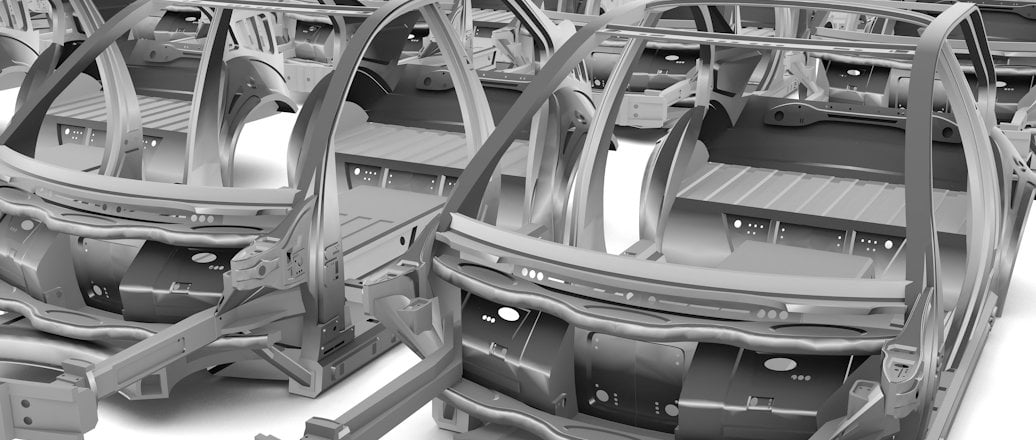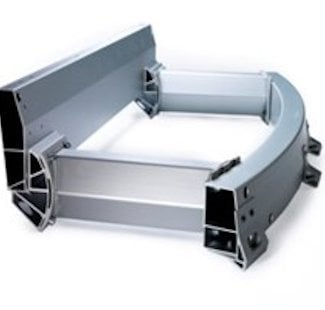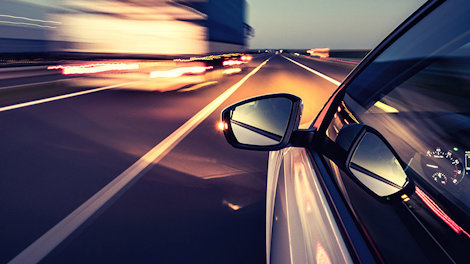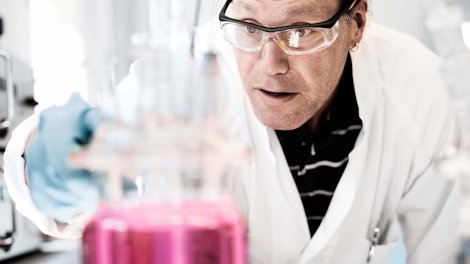AcceptText
Accetta i cookies per accedere a questo contenuto
ButtonText
Impostazioni cookie
- Vai a: A proposito di alluminio
- Perché scegliere l’alluminio?
- Riciclo di alluminio
- How aluminium is made
- Energia rinnovabile e alluminio
- Tecnologia e innovazione
- Il ciclo di vita dell’alluminio
- Progetti di design in alluminio
- L'alluminio fa parte della tua vita quotidiana
- Alluminio e salute
- Approfondimenti sull'alluminio
- Leghe
- Glossario dell’alluminio
- Shapes. The aluminium knowledge hub
- Vai a: Energy in Hydro
- Hydro Energy strategy
- Hydro's power portfolio
- The power of power - Hydro Energy’s history
- Sustainability in Hydro Energy
- Vai a: Sustainability reporting
- UN Global Compact
- UN Sustainable Development Goals
- Global Reporting Initiative (GRI index)
- Report sulla sostenibilità di Extrusion Europe
- Vai a: Operating in the Brazilian Amazon
- Managing our operations
- Managing our environmental impact
- Managing our social impact
- Vai a: Sustainability contact
- Hydro AlertLine
- Environmental or safety emergency
- Data privacy
- Ethics and compliance
- Sustainability
- Sponsorships and donations
- Vai a: The Hydro share
- Share data
- Key figures
- Dividend data
- Share buyback
- Management shareholding
- Main shareholders
- Vai a: Informazioni per gli azionisti (Inglese)
- General meeting
- Shareholder policy
- ADR
- Key legal information for shareholders
- Taxation guide
- Share buy-back program
- Vai a: Debt investors
- Green and Sustainability-Linked Financing Framework
- Credit facilities
- EMTN Programme and Bonds
- Credit rating
- Debt strategy
- Vai a: Financial calendar
- Hydro's first quarter results 2024
- Hydro's fourth quarter results 2023
- Hydro's third quarter results 2023
- Invitation - Capital Markets Day 2023
- Hydro's second quarter results 2023
- Hydro conference call April 27, 2023
- Hydro's first quarter 2023 results
- Hydro's fourth quarter 2022 results
- Capital Markets Day 2022
- Hydro's third quarter 2022 results
- Vai a: Corporate governance
- Articles of association
- Proposal / request to general meeting of shareholders
- Governance bodies
- Policies and tools
- Nominations
- Vai a: Tubi di precisione
- Battery cables
- Brake lines
- Coated tubes for automotive applications
- Tubi estrusi
- Fuel tank straps
- Tubi a microcanali
- Tubi con scanalature interne
- Tubi trafilati di precisione
- Precision-drawn plate and bar profiles
- Automotive aluminium struts
- Wide MPEs - aluminium profiles for battery cooling
- Vai a: Pali
- Lampioni
- Pali per segnali stradali
- Lampioni di sicurezza
- Lampioni intelligenti
- Lampioni a energia solare
- Pali per infrastrutture ferroviarie
- Raise and lower poles
- High capacity sign posts
- Vai a: Prodotti di colata
- Vergelle per cavi e fili
- Lingotti per rifusione
- Fogli
- Leghe di fonderia
- Alluminio extrapuro
- HyForge
- Vai a: Automobili
- Interni e componenti
- Esterni
- Body in White
- Trasmissione
- Gestione termica
- Veicoli elettrici
- Vai a: Edilizia e costruzioni
- Porte e finestre
- Sistemi scorrevoli
- Facciate
- Profili per edilizia
- Sicurezza
- Vai a: HVACR
- Scambiatori di calore a microcanali
- Scambiatori di calore a tubi e alette
- Set di flessibili
- Scambiatori di calore a fascio tubiero e mantello
- Vai a: Elettronica
- Soluzioni di gestione termica
- Trasmissione elettrica
- Telefoni e dispositivi di comunicazione
- Vai a: Ingegneria in generale
- Utensili e macchine utensili
- Applicazioni medicali
- Applicazioni di misurazione
- Vai a: Hydro Energy locations
- Norsk Hydro Oslo
- Hydro Energy Belem
- Hydro Energy Vigelandsfoss
- Hydro Energy Rjukan
- Hydro Energy Sogn
- Hydro Energy Røldal-Suldal
- Hydro Energy Stavanger
- Vai a: Governance
- Compliance and the Code of Conduct
- Compliance system
- Anti-corruption
- Responsible supply chain
- Working with business partners
- Privacy
- Vai a: Capital Markets Day
- Capital Markets Day 2023
- Capital Markets Day 2022
- Capital Markets Day 2021
- Capital Markets Day 2020
- Investor Day 2019
- Capital Markets Day 2018
- Capital Markets Day 2017
- Previous CMD presentations
- Vai a: Hydro’s roadmap to zero emission aluminium production
- Developing carbon capture and storage technology for aluminium smelters
- HalZero – zero-emission electrolysis from Hydro
- Vai a: Karmøy technology pilot
- Groundbreaking technology
- Facts about the Karmøy pilot
- Facts about climate benefits
- Vai a: Logo
- Primary logo
- Secondary logo
- Logo with tagline
- ‘Go-to-market’ logos
- Logo placement
- Misuse
- Vai a: Stationery
- Business cards
- Letterhead
- Documents
- Envelopes
- ID cards
- Document folders and notebooks
- Vai a: Collateral
- Advertisements (ads)
- Brochures
- Editorial
- Posters
- Flyers
- Fact sheets
- Invitations
- Diplomas & certificates
- Pull-up banners
- Vai a: Exhibitions
- General guidelines
- Material palette
- Logo placement
- Text, graphics and photography
- Product display
- Furniture
- Vai a: 2018 - present
- 2021: Sale of rolling business
- 2020: New strategy toward 2025
- 2019: New CEO
- 2019: Cyber-attack on Hydro
- 2018: Extreme rainfall in Brazil
- Vai a: 2006 - 2017
- 2017: 100% aluminium
- 2013: The world's biggest manufacturer of aluminium extrusions
- 2011: Hydro came full circle in Brazil
- 2007: Just aluminium, 105 years on
- Vai a: 1991 - 2005
- 2003: Familiar throughout the world
- 2002: VAW – a dream comes true
- 1999: Focus for the future
- 1996: Ormen Lange a fortune in the Halten bank
- 1995: How to develop an oil field
- 1994: Hydro-Texaco
- Vai a: 1978 - 1990
- 1990: A breath of fresh air in Asia
- 1990: Putting food on the table
- 1987: Cleaning up the dark side of industry
- 1986: Hydro shares cross the Atlantic
- 1986: Hydro + ÅSV = a strong alloy
- 1981: The tempest
- Vai a: 1946 - 1977
- 1969: Fertilizer in the desert
- 1969: Ekofisk - a Christmas surprise
- 1967: A dynamic and visionary leader
- 1966: A unique collaboration between two men with quite different backgrounds
- 1963: Work for the fishermen on land
- 1950: The metal is magnesium, the car is the Beetle
- 1947: Årdal: light at the end of a long tunnel
- 1946: Recovery
- Vai a: 1929 - 1945
- 1943: The Heroes of Telemark
- 1943: First taste of cold metal
- 1939: Holidays at Hydros cabins by the sea and in the mountains
- 1931: Labour conflict
- 1930: Cooperation and market shares during the depression
- 1929: Lifeline
- Vai a: 1918 - 1928
- 1928: Proximity to the market
- 1920: Hydro's guest houses
- 1919: Research as driving force and inspiration
- 1919: The 8-hour day
- Vai a: 1900 - 1917
- 1914: War and difficult decisions
- 1910: What became of Professor Birkeland?
- 1908: Of course the workers must have houses
- 1907: A powerful source of energy
- 1906: The next gigantic step
- 1905: Three remarkable men
- 1905: A little bit of Norway and more
- 1905: A new working day – 2 December 1905
- 1904: A project of caliber
- 1903: Explosive winter days
- 1900: On the brink of famine
- Vai a: Hydro's Board of Directors
- Dag Mejdell
- Rune Bjerke
- Peter Kukielski
- Marianne Wiinholt
- Kristin Fejerskov Kragseth
- Petra Einarsson
- Philip Graham New
- Arve Baade
- Bjørn Petter Moxnes
- Torleif Sand
- Margunn Sundve
- Vai a: Corporate management
- Hilde Merete Aasheim
- Trond Olaf Christophersen
- Arvid Moss
- Eivind Kallevik
- John Thuestad
- Paul Warton
- Hilde Vestheim Nordh
- Anne-Lene Midseim
- Therese Rød Holm














